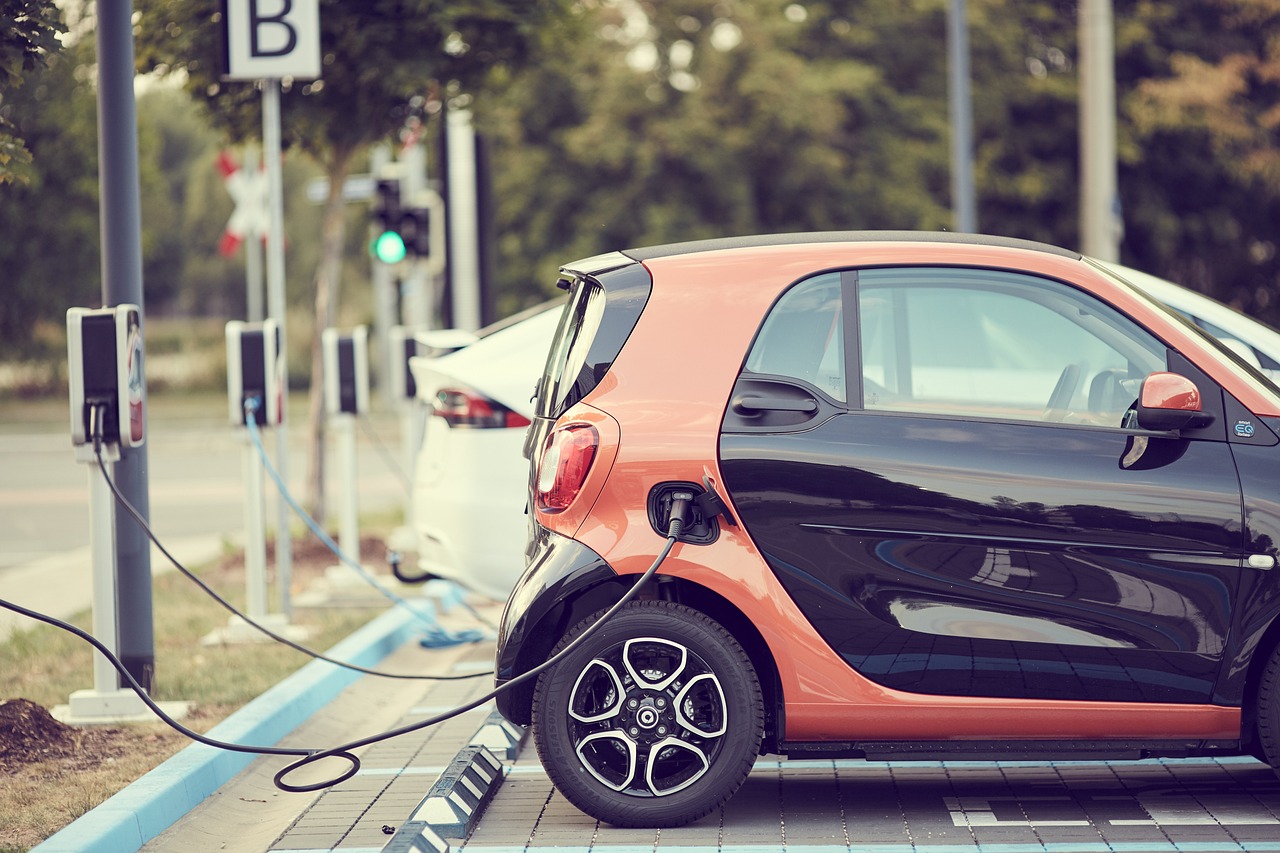Accelerating Towards a Green Horizon: IEA’s Vision for 2030
Introduction
In a groundbreaking revelation, the International Energy Agency (IEA) has unleashed its vision for the future of global transportation. According to the recently released ‘World Energy Outlook’ report, the number of electric vehicles (EVs) navigating the world’s roads is poised to surge nearly tenfold by the year 2030. This monumental shift is expected to be driven by a combination of evolving government policies and a growing commitment to clean energy across major markets.
EVs on the Rise
The IEA’s forecast is nothing short of revolutionary. By 2030, it envisions a global automotive landscape where the number of electric vehicles in circulation will reach a staggering ten times the current figure. This trajectory signifies a monumental leap toward a sustainable and electrified future.
Policy-Driven Transformations
One of the key catalysts behind this exponential growth is the evolving landscape of government policies supporting clean energy. The report highlights that major markets, including the United States, are witnessing a shift in the automotive paradigm. In the U.S., for instance, the IEA predicts that by 2030, 50% of newly registered cars will be electric vehicles—a significant leap from its forecast of 12% just two years ago. This shift is notably attributed to legislative advancements such as the U.S. Inflation Reduction Act.
Impact on Fossil Fuel Demand
As the electric revolution gains momentum, the IEA underscores a consequential effect on the demand for fossil fuels. The report suggests that policies supporting clean energy initiatives will contribute to a decline in future fossil fuel demand. Notably, the IEA predicts that, based on existing government policies, demand for oil, natural gas, and coal will peak within this decade—an unprecedented turn of events.
Post time: Oct-25-2023


